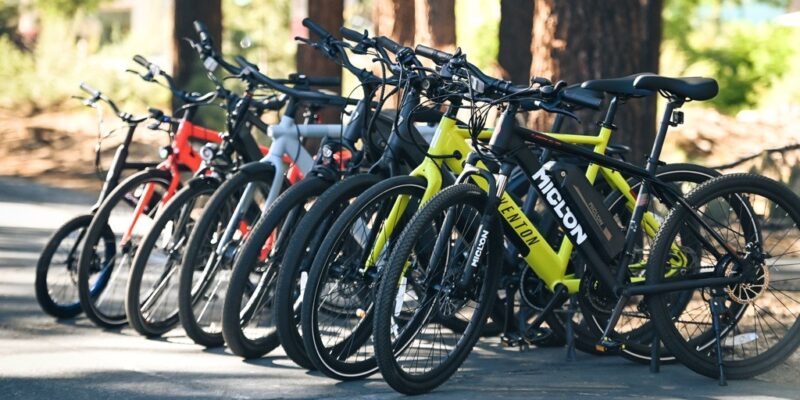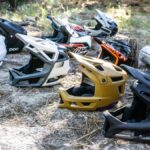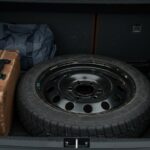Buying a bike online sounds easy enough—until you realize there are hundreds of options, dozens of brands, and way too many five-star reviews that all start to sound the same. I’ve been through that rabbit hole, and trust me, it’s overwhelming if you don’t know where to start.
The good news? You can find top-rated bikes online that suit your needs perfectly—you just need to know what to look for and what to skip.
Whether you’re looking for a solid commuter, a mountain bike that can take a beating, or something lightweight for weekend road rides, this guide will walk you through the process step by step.
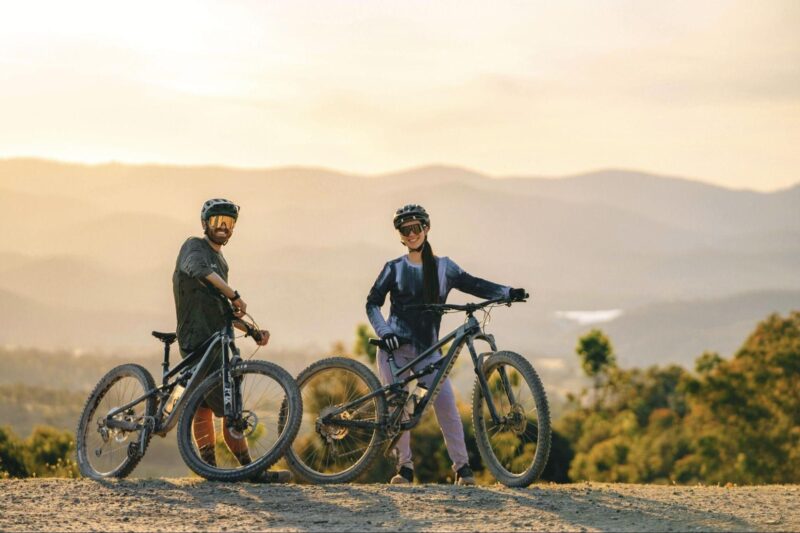
The Convenience of Online Bike Shopping
As someone who’s been around the bike scene for a while, I can say with confidence—we’re living in the golden age of bike shopping. You don’t need to hop from shop to shop anymore, hoping they have the right size or model in stock. Now, you can compare dozens of top-rated bikes from the comfort of your couch, all while sipping your morning coffee.
This Carlsbad, CA–based bike store makes shopping easy with a wide selection of top-rated bikes online for every type of rider.
How Online Marketplaces Changed the Game
Digital bike stores didn’t just add convenience—they reshaped the entire experience. Instead of relying on whatever’s sitting on a showroom floor, they offer an online cycling store where you get access to full catalogs, archived models, frame builds, and sizing tools.
Need to compare Shimano 105 vs. SRAM Rival? Done in seconds. Want to filter only bikes with carbon forks, disc brakes, and a $1,500 cap? Easy.
The biggest shift? Control is now in the rider’s hands. You decide the pace, compare models side-by-side, read real reviews, and dive into the details that matter—like frame geometry, tire clearance and pressure, and gearing ratios. Online stores usually have more bikes than physical shops, so you can find the best bikes for sale.
Online vs. In-Store: Let’s Be Honest
Now don’t get me wrong—there’s still something special about walking into a bike shop, getting your hands on a few frames, and chatting with a mechanic who’s probably raced more crits than you can count. But let’s be real: most local shops have limited stock, and prices are rarely as competitive as what you’ll find online.
Here’s how I break it down:
| Factor | Online Shopping | In-Store Shopping |
| Inventory | Huge selection across brands and price points | Limited to store’s available stock |
| Convenience | 24/7 browsing, no pressure | Restricted to store hours |
| Product Research | Specs, reviews, videos, and comparisons | Staff expertise—but limited model info |
| Fit Assistance | Virtual tools, geometry charts | In-person test rides and fittings |
| Pricing | Often lower, with seasonal deals and bundles | MSRP or slightly marked up |
In short—if you do your homework, bicycle shop online can give you better choices, better prices, and more transparency.
You’ll miss out on test rides, sure, but that’s where good return policies and detailed sizing guides make all the difference.
Finding the Perfect Bike: Understanding Your Needs
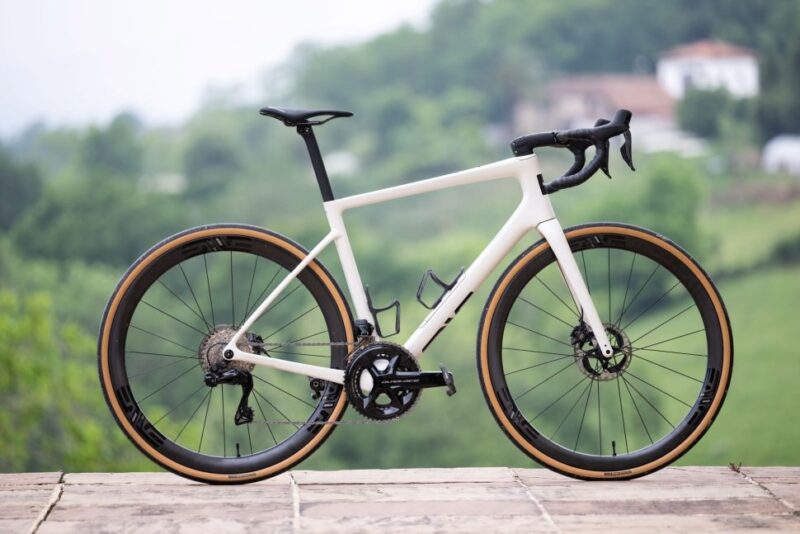
Buying a bike online requires knowing what you need. There are many choices, from affordable bikes online to top-of-the-line models. Without a clear idea, it can feel overwhelming.
Start by thinking about how you’ll use the bike. Do you just need something for a casual ride, or are you searching for a mountain bike online for adventures? Knowing how you’ll use the bike helps narrow down your options.
1. Assessing Your Riding Style and Goals
Your riding style and goals are key to finding the right bike. Think about where you’ll ride most and what features matter to you. This helps choose a bike that’s both fun and comfortable.
2. Importance of Proper Bike Fit and Sizing
A bike that’s too big or too small can be uncomfortable and even dangerous. Online, you can use sizing charts and virtual tools to find the perfect fit.
3. Setting a Realistic Budget for Quality and Performance
Let’s talk money—because if you’re buying a bike online, your budget isn’t just about the sticker price. It’s about getting the best ride you can afford without wasting cash on features you’ll never use or skimping on things that actually matter.
I’ve seen way too many people blow their budget on carbon frames and flashy paint, only to ride with the cheapest drivetrain possible. And just as often, I see folks try to get a “serious” bike for $300 and end up hating cycling altogether. Don’t fall into either trap.
The trick is to match your budget to your riding goals, not trends. And most importantly you can compare bike deals online and choose what is most affordable. Here’s how I always break it down for friends:
| Budget | Bike Type | Expected Features |
| Under $500 | Entry-level hybrid or commuter | Basic aluminum or steel frame, rim or mechanical disc brakes, lower-tier components |
| $500–$1000 | Mid-range hybrid, fitness, or MTB | Alloy frame, Shimano Altus/Acera or SRAM X3/X4 groupset, maybe front suspension |
| $1000–$3000 | Serious trail, gravel, or road bikes | 1x or 2x drivetrains, hydraulic brakes, quality wheels, lighter frames, tubeless-ready |
| $3000+ | High-performance builds | Carbon frames, SRAM GX/Force or Shimano XT/Ultegra+, elite-level performance |
Now, if you’re just getting into cycling and plan on short rides to work or around town, $500–$800 can get you something reliable and comfortable.
But if you’re planning regular weekend rides, hitting trails, or even joining group rides, you’ll want to be in the $1000+ zone—this is where you start to feel the difference in performance and ride quality.
Mountain Bikes Online: Comparing Top Models for Trail Enthusiasts
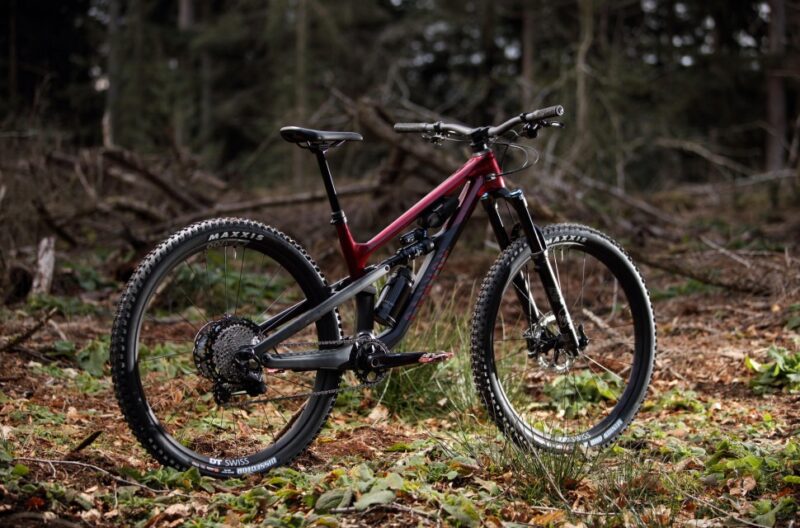
Online platforms let us easily compare top models. Whether you’re an experienced rider or new to the sport, the wide selection online can be both thrilling and confusing.
We’ve sorted mountain bikes into three groups based on price and features. This makes it easier to find a bike that fits your budget and needs.
Entry-Level Mountain Bikes Under $1000
Beginners can find great bikes under $1000. These bikes balance performance and price well. Brands like Specialized and Trek offer strong frames and reliable parts.
When looking for an entry-level bike online, look for durability and smooth shifting. Check out these bikes online and their bike store for a variety of bikes for sale.
Mid-Range Trail Bikes: $1000-$3000 Range
Bikes in the $1000 to $3000 range are perfect for those who’ve outgrown their first bike. They have better suspension, lighter frames, and improved brakes. Giant and Santa Cruz are popular brands in this range.
Premium Mountain Bikes: Investment Analysis
Premium bikes are a big investment for serious riders. Priced over $3000, they offer the latest tech, light materials, and top performance. While pricey, brands like Yeti and Ibis offer unmatched riding experiences.
By comparing top mountain bikes online, riders can make smart choices. Whether you want a budget-friendly bike or a high-end model, the online market has something for everyone.
Road Bikes: Speed Machines for Every Budget
If you’re all about fast pavement, smooth climbs, and long solo rides that clear your head, a good road bike can feel like flying.
There’s nothing quite like the hum of thin tires on tarmac and the instant response when you drop the hammer on a sprint.
Now, road bikes come in all shapes and prices. Whether you’re just starting out, want a weekend fitness ride, or you’re chasing KOMs and race results, there’s a proper setup out there for you. But don’t assume that “light and fast” is always better—how you ride matters just as much as how fast you ride.
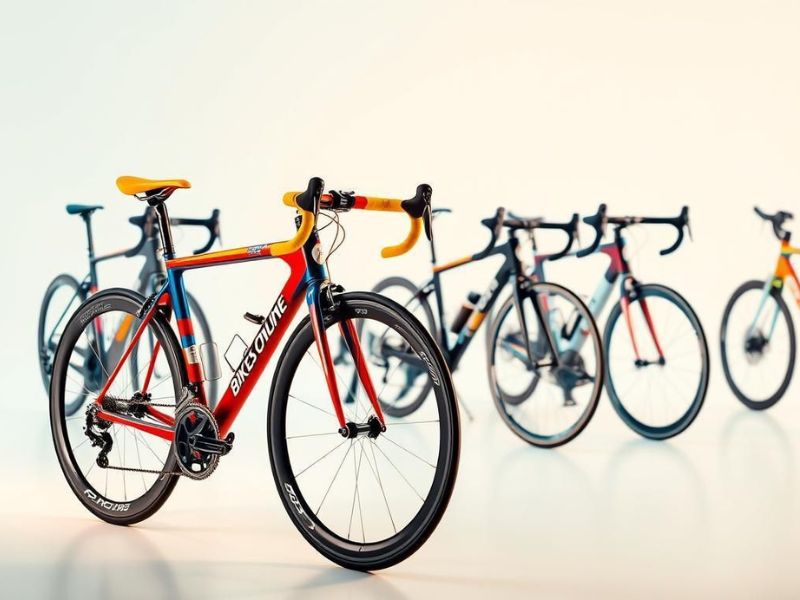
Endurance Road Bikes vs. Race Models: Geometry Comparison
Endurance road bikes are comfy for long rides. They have a relaxed design. Race bikes, on the other hand, are fast and agile, with a steeper design.
Here’s a quick head-to-head breakdown:
| Feature | Endurance Bike | Race Bike |
| Riding Position | Upright, relaxed | Low, stretched, aerodynamic |
| Frame Compliance | More forgiving over bumps and cracks | Very stiff—transfers power, not shock |
| Ideal Use Case | Long-distance rides, fitness, commuting | Competitive riding, racing, fast group rides |
| Tire Clearance | Usually wider (up to 35mm+) | Typically narrower (28mm max, sometimes less) |
| Ride Feel | Smooth, steady, comfortable | Responsive, fast, but harsher |
If you’re not racing regularly, go endurance—you’ll be a lot happier mile after mile. A few great examples: Specialized Roubaix, Trek Domane, Cannondale Synapse.
But if you know you’re going to be toeing the line at races or hammering local sprints, a race bike like the Cervélo R5, Giant TCR, or Scott Addict RC is the weapon you want.
Hybrid and Commuter Bikes: Versatility for Daily Riders
If you’re riding daily—whether it’s to work, around town, or just for fitness—you need a bike that’s reliable, low-maintenance, and comfortable. That’s where hybrid and commuter bikes come in. They’re built to handle a mix of city streets, light trails, and unpredictable weather without fuss.
Fitness Hybrids vs. Comfort Hybrids: Feature Comparison
Fitness hybrids are more performance-focused. They’re quicker, sportier, and better for longer rides or exercise.
Comfort hybrids are all about ease—relaxed posture, cushy ride, and room for racks or baskets.
| Feature | Fitness Hybrids | Comfort Hybrids |
| Frame Design | Lightweight, aerodynamic | Upright, designed for ease |
| Tire Width | 32–38mm (faster, less drag) | 38–42mm (more stable, cushier) |
| Riding Position | Slightly aggressive | Upright and relaxed |
Electric Commuter Options: Battery Life and Range Analysis
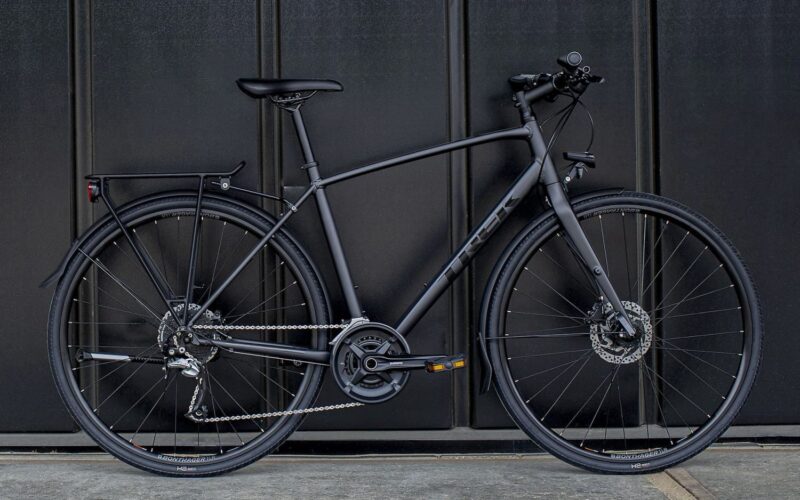
Electric commuter bikes are a game-changer—especially if your route has hills or traffic. Most e-commuters offer 40–100 miles of range per charge, depending on assist level, terrain, and rider weight.
Top picks for urban riders:
If you’re commuting in the city, look for features like fenders, racks, integrated lights, and puncture-resistant tires. Two great options:
- Specialized Sirrus – fast, lightweight, and reliable
- Trek FX – versatile with plenty of upgrade paths
Always match your pick to your needs—comfort, speed, carrying capacity, or all three. That’s what makes hybrids and commuters so dependable.
Specialty Bikes for Unique Adventures
Specialty bikes open doors to exciting adventures. They’re perfect for those who love rugged trails, long rides, or exploring new places. There’s a bike for every adventure you dream of.
- Gravel bikes are loved for their ability to handle different terrains. They mix the comfort of road bikes with the toughness of mountain bikes. They’re great for those who enjoy riding on various surfaces without needing many bikes.
- Touring bikes are made for long trips, carrying lots of weight and keeping you comfortable. They’re perfect for those who love multi-day rides and need a bike that can carry heavy bags. Cycling fans say, “a good touring bike can make all the difference on a long trip”, offering comfort and reliability.
- Fat bikes and plus bikes are made for off-road fun, with wide tires for stability and grip. They’re similar but differ in tire size and bike design. A cycling expert once said,
“Fat bikes are the kings of snowy and sandy terrains, offering unparalleled flotation and control.”
Family Cycling: Real Options for Every Age and Stage
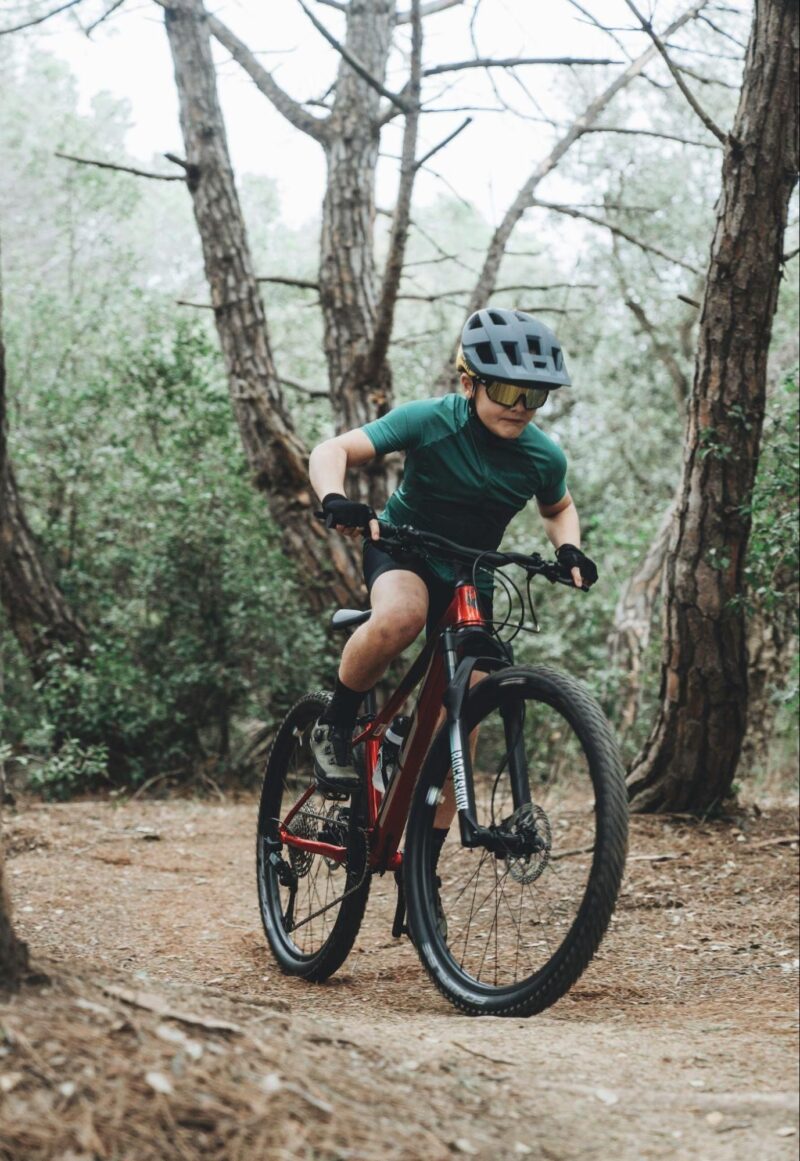
There’s something genuinely rewarding about riding with your family—no screens, no noise, just fresh air and two wheels. Whether you’re teaching your kid to ride or looking for a way to carry them safely through the city, the bike world has stepped up. These days, there are smart, well-built options for every family setup.
Teaching Kids: Balance Bikes vs. Training Wheels
This one comes up all the time. If you’re wondering how to teach your little one to ride, here’s the bottom line:
- Balance bikes teach coordination and confidence. No pedals—just feet on the ground and a natural feel for balance. They’re low, light, and intuitive.
- Training wheels add support but delay the balance part. Kids often rely on them too much and have a harder time transitioning later.
From my experience (and most parents I know), starting with a balance bike is the way to go. It makes the move to a pedal bike way smoother—and faster.
Growth-Friendly Bikes That Last Longer
Kids grow fast, and a bike that fits perfectly today might be useless in a year. That’s where adjustable bikes come in handy. Look for models with:
- Extendable seatposts and handlebars
- Tool-free adjustments
- Convertible frames (some go from balance mode to pedal bike)
These features not only make the bike last longer but also save you from buying a new one every season.
Cargo Bikes vs. Trailers: Hauling Kids the Smart Way
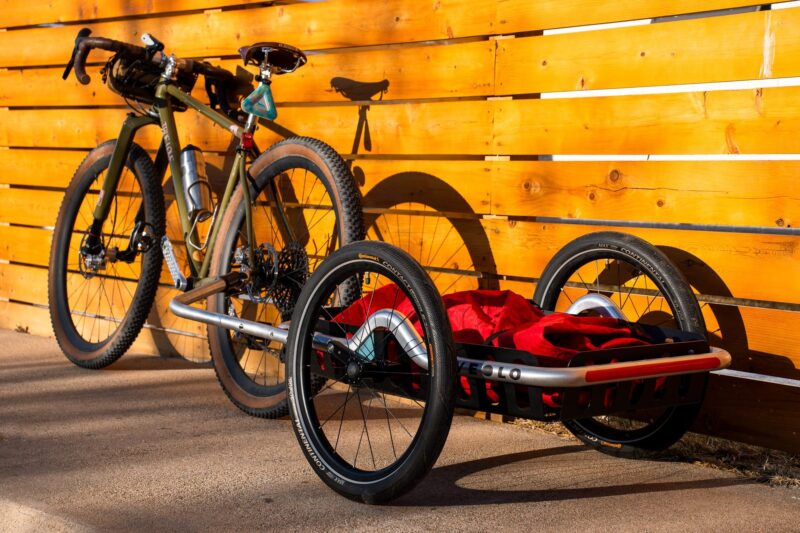
When it comes to riding with small kids—or hauling groceries, toys, and more—you’ve got two main options: cargo bikes and bike trailers. Both get the job done, but they ride differently and suit different lifestyles.
| Feature | Cargo Bikes | Bike Trailers |
| Capacity | 1–2 kids + storage space | 1–3 kids (varies by model) |
| Safety | Built-in safety belts, solid frame build | 5-point harnesses, rollover protection |
| Ease of Use | Takes practice—balance and handling matter | Easier to maneuver, great for beginners |
Cargo bikes feel more connected—you ride as one unit, and the load is up front or in the back. Perfect for short commutes or errands.
Trailers are easier to tow and detach, and they give you more flexibility. Great for weekend use or families who switch between solo and family rides.
Pick the one that fits your lifestyle and your space. Either way, you’re giving your kids an awesome front-row seat to adventure.
Online Bike Store Comparison: Finding the Best Deals
Shopping for bikes online gives you many choices. But, finding the best deals requires comparing different stores. You’ll see different prices, discounts, and what’s in stock.
- Brands like Giant and Trek sell directly to you. They often have lower prices and include free shipping and assembly. Traditional stores offer in-store help and advice. Think about price, support, and return policies when choosing.
- Many online stores match prices and offer discounts. For example, REI guarantees price matching, and Performance Bicycle gives discounts to members. It’s key to compare these offers to find the best deal.
- Seasonal sales can change bike prices. Stores like Chain Reaction Cycles have clearance sales. Others offer discounts on last year’s models. Check what’s in stock and compare prices to get a good deal.
By comparing online bike stores, you can find the best deals. Look at their pricing, discounts, and what they have in stock. This way, you’ll make a smart choice for your next bike.
Your Next Great Ride Is Just a Few Clicks Away
These days, finding the right bike doesn’t mean running around town or settling for what’s in stock. With the right online tools, some smart comparisons, and a clear sense of what you need, you can find a top-rated bike that fits your style, budget, and goals—all from home.
The online bike store I trust makes that process even easier. You can browse by category, compare real specs, check reviews, and even talk to someone who knows their stuff before you buy. Whether you’re brand new to cycling or upgrading your tenth bike, it’s never been a better time to shop smart.
Ready to ride? Head over to the store, explore your options, and get expert help if you need it. Your perfect bike is out there—and it’s closer than you think.
